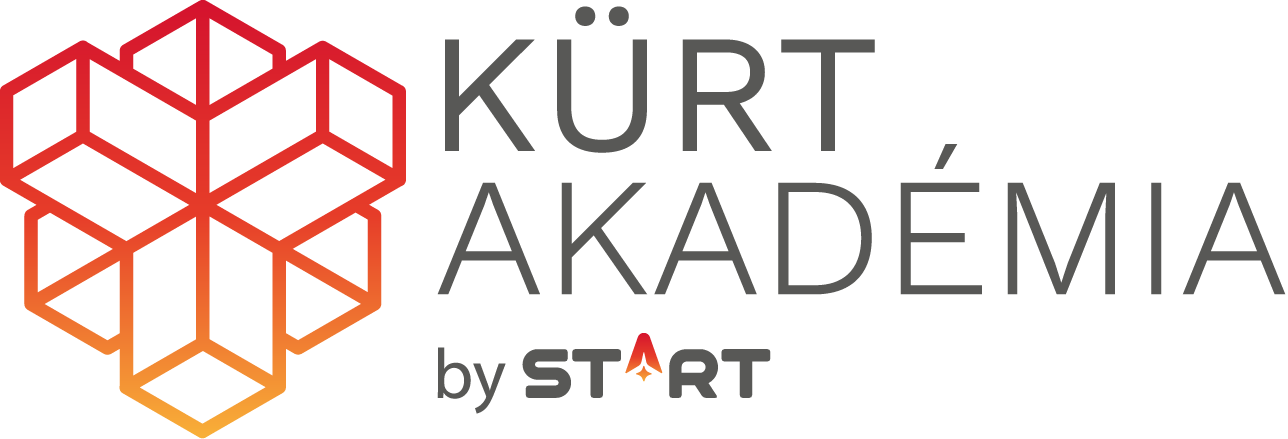The Lean method
Improving efficiency in everyday life
Improving efficiency in everyday life
What is the Lean method?
The basic idea of Lean is that business operation and production, and generally, any activity can be improved by methodically identifying and eliminating waste, thus systematically increasing both the efficiency and competitiveness of the business.
What problem does the Lean method solve?
The BAU - business as usual - of the company is the key to its effectiveness. With the Lean method, we look at how to increase the efficiency of key activities, reducing costs without decreasing production and value creation, possibly even increasing it.
It is a crucial method if the company needs to cut costs for whatever reason.
What are the main steps of the Lean method?
The Lean method has an extensive set of tools, mostly used in manufacturing. However, it provides a useful approach for all companies for improving their business processes and identifying the root causes of collaboration issues. The experts at KÜRT Academy are primarily focused on helping companies to adopt the Lean approach in their management.
- Defining the value stream: the purpose of corporate operations is to serve clients, creating value that customers are willing to pay for. To do this, a company must reliably and efficiently execute a defined sequence of steps to produce a product or service. The value stream runs horizontally across the company's organizational (vertical) silos, with most problems occurring at the crossing between different silos, organizational units: procurement, production or shipping. These issues stall value creation and create organizational tensions. Another source of problems appears if the logic of interaction between the units creating value, and supporting units is not clear. Supporting areas (HR, finance, IT) often require redundant activities, hampering value creation. Finally, management must be aware of the constantly changing customer needs and develop its products accordingly, at every moment focusing on the short and long-term development of the value stream.
- Problem solving: another tool of the lean method that is very useful in any company is the A3 problem identification and solving template. During company operations the management encounters many problems and the A3 toolkit helps management in processing a given problem effectively, finding the most appropriate intervention and following up on the improvement.
- Day-to-day management: the management's goal is to make sure that the company's value stream works and to continuously improve it. The focus of the day-to-day management method is to understand, follow and prioritize these steps so that the management of the company can do its job more easily and efficiently.
What results can we expect?
The lean approach and methods provide an effective toolkit for improving the day-to-day operation of a company, understanding the occurring problems, then planning and implementing appropriate interventions. The lean logic helps to align development and operational activities across the organization, increasing efficiency.
STANDARD QUESTIONS
- Is Lean applicable to non-industrial or non-manufacturing companies?
The Lean approach and methodologies help companies in any sector to improve their operations - with a focus on customer value creation and improving the value stream that generates it. The various Lean tools focus on understanding processes, identifying losses, and eliminating them. This is true for all of the production, support, and management processes. - How fast does the method achieve results?
The speed of the method implementation depends mostly on the management's attitude and its willingness to embrace the basic logic - customer value, value stream, process losses, and letting go of silo-centric thinking. In our experience, the very act of mapping the value stream reveals a lot of operational problems and unnecessary complexity, the recognition of which immediately leads to intervention and improvement steps. - What is usually the greatest difficulty for the management when working with the Lean method?
The greatest challenge is in adopting the approach. Accepting that managers generally work with hypotheses, and scarcely spend time validating those hypotheses. This is true both in terms of day-to-day operations and pushing development. The majority of managers are not in daily contact with the actual process of value creation, and the factors which hinder the work of their value-creating colleagues. In addition, the personal, routine detection of these factors (gemba walk) requires perseverance and a different attitude from the manager due to the entrenched hierarchy in the company: employees rarely want to show the reality to a manager. The aim is to understand the situation, and explore the current workarounds while empathizing with the colleagues doing the work, and gathering colleagues' suggestions for solutions, without exercising the classic leadership role.







